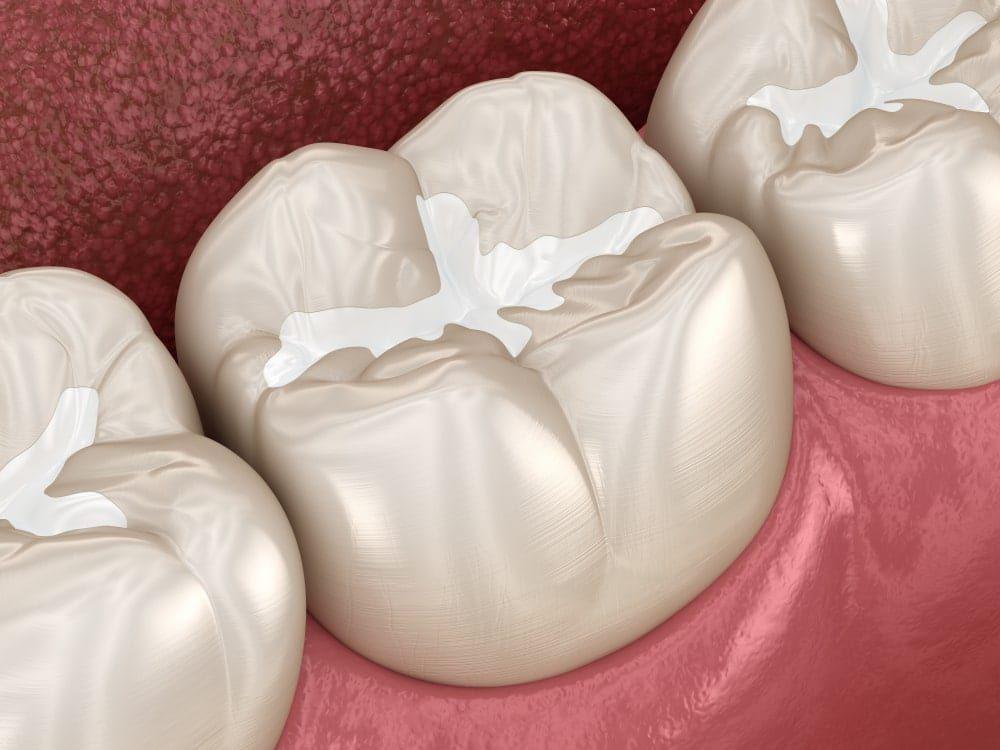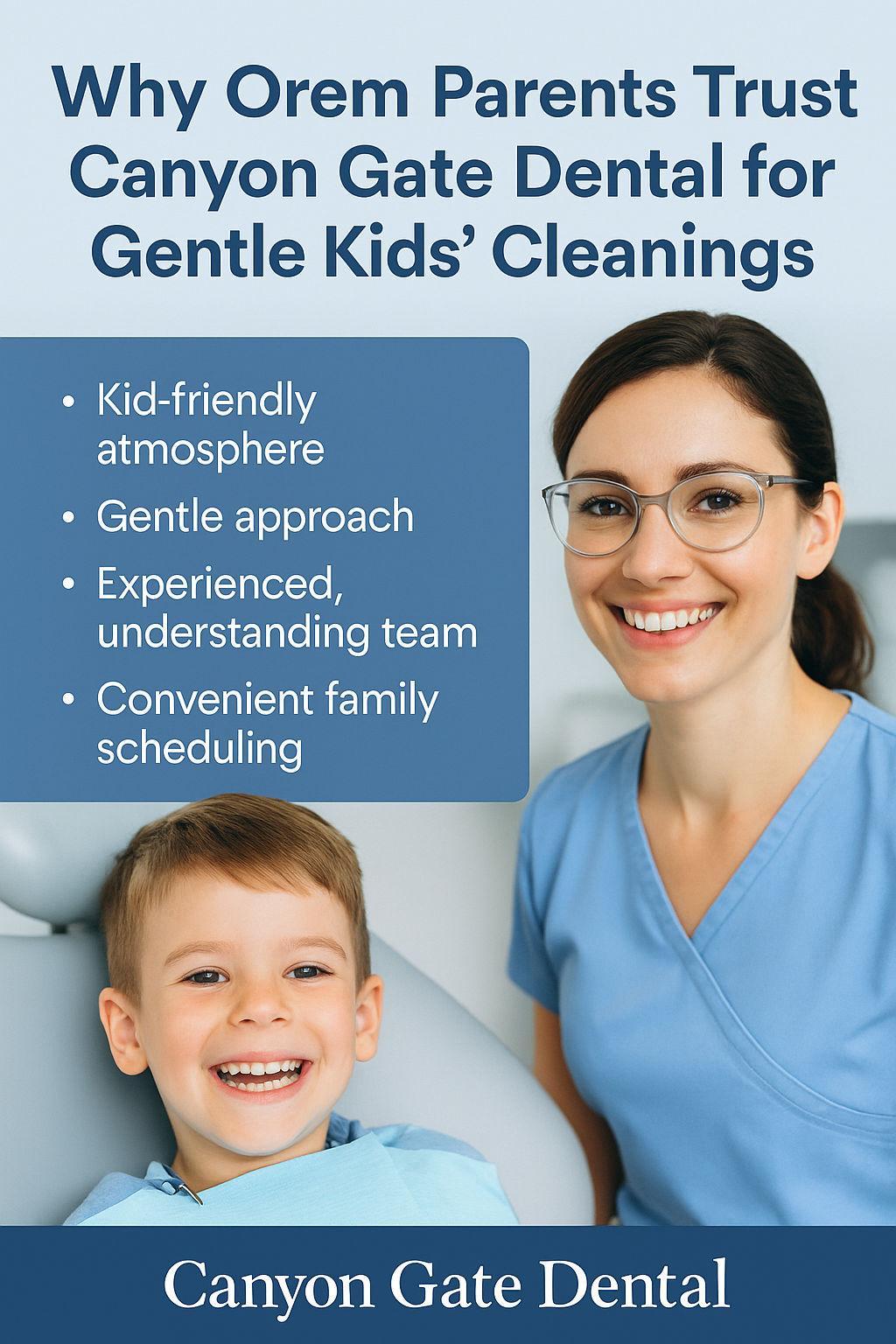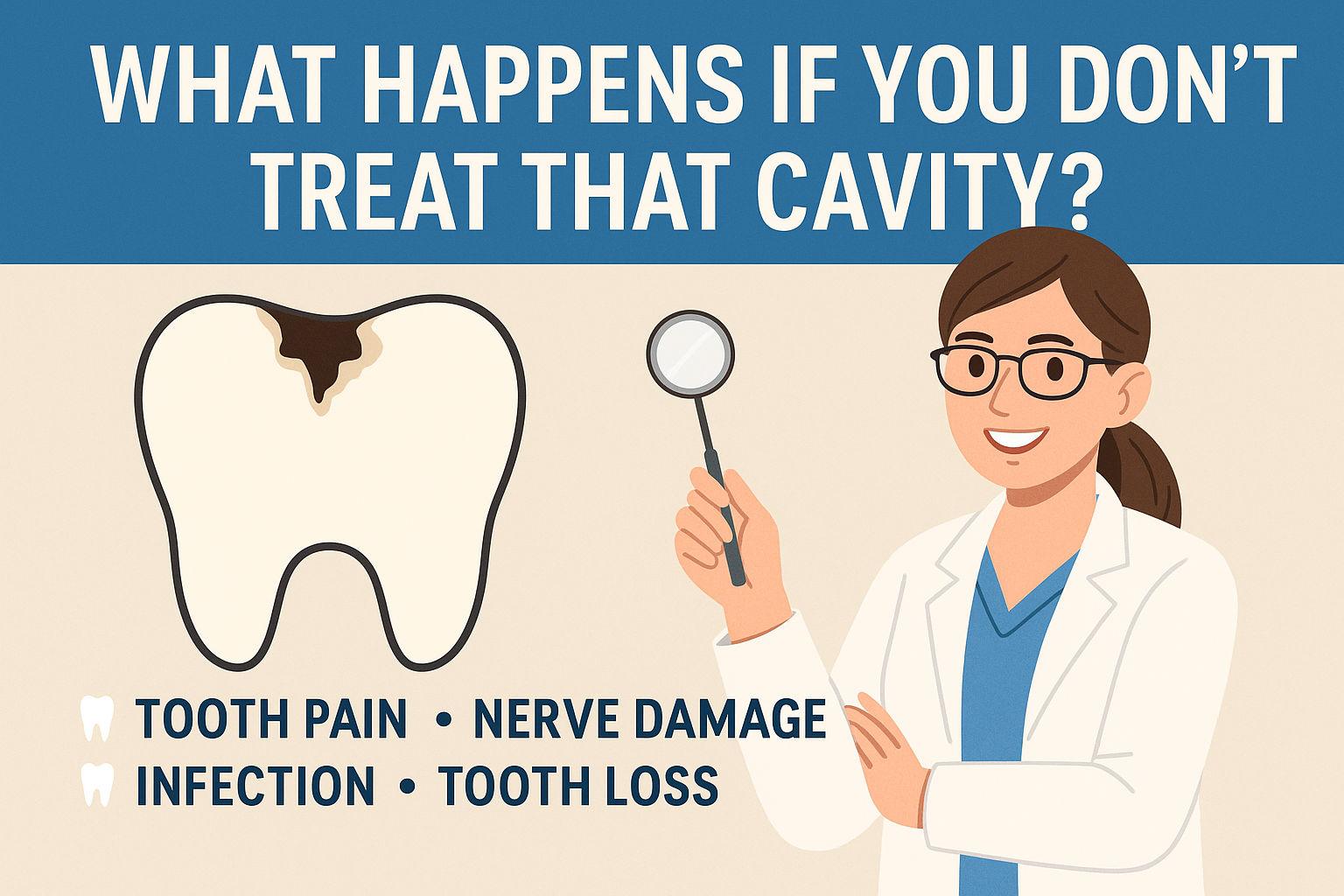Many people in Orem are having cavities issues. The best methods to help avoid cavities are to brush and floss your teeth, however, it can be difficult to clean every corner and curve of your teeth, especially the rear teeth that are used for chewing food (called molars). Molars have a rough and uneven surface, which makes them an ideal location for food debris and cavity-causing germs to hide.
However, there is an additional safeguard to maintaining a healthy smile. The chewing surface of your back teeth can be protected with a thin, protective covering called a sealant. Sealants can be composed of plastic or other dental materials. They are not a suitable replacement for brushing and flossing, but they can prevent cavities from developing and may even prevent the initial stages of decay from progressing into a filled cavity.
There is evidence that using sealants on molars can cut the likelihood of decay by as much as 80%. Regarding the state of your child’s oral health, this is vitally important. The CDC published a study emphasizing the value of sealants for school-aged children in October 2016, although only 43% of children in that age range have them. “School-age children without sealants had roughly 3 times higher cavities than children having sealants,” claims the Centers for Disease Control and Prevention (CDC).
There are likely a lot of questions that come to mind when you think about sealants; we have provided solutions for those queries here. Continue reading to find out how to prevent dental decay.
How Exactly Do Sealants Do Their Job?
Imagine them as being similar to raincoats for your teeth. When cavity-causing bacteria in everyone’s mouth come into contact with food particles that have been left behind, acids are produced. These acids have the potential to develop holes in teeth. Cavities can be seen in these holes. In the same way that a raincoat helps keep you nice and clean while it’s raining outside, a sealant helps keep food particles and germs from sticking to your teeth once it has been applied. Sealants work in much the same way.
Who Has Access to the Sealants?
Sealants have a variety of uses and can be beneficial to both children and adults; however, it is best to begin using them as early as possible. Around the age of 6, your first molars will emerge, and around the age of 12, your second molars will break through. If you get these teeth sealed as soon as they erupt through your gums, you may prevent cavities from developing in them from the very beginning, which will save you both energy and in the long run. Find out if sealants are a wise choice for you and your family from your dentist.
How Do You Put Sealants On?
The procedure is really fast and does not cause any discomfort. Before applying an acidic gel to your teeth, your dentist will first thoroughly clean and dry each tooth in turn. Use this gel to roughen the tooth surface, allowing the sealant to apply more effectively. After a brief period of time, your dentist will wipe away any remaining gel from your teeth and then thoroughly dry it before proceeding to apply the sealant to the grooves in your tooth. The sealant will be hardened at this point by your dentist using a specialized blue light.
Is It Possible to Apply Sealants Over Cavities?
Sealants can be applied over parts of the tooth that have begun to show signs of decay in order to stop the decay from spreading further. Your dentist will be able to monitor the condition of your tooth and ensure that the sealant is performing as expected since certain sealants are transparent.
What Are the Possible Side Effects?
Aside from the extremely unlikely event of an allergy developing, sealants have no known negative effects.
Is BPA Present In Sealants?
Sealants do contain a small quantity of BPA, however, it would not be harmful to you or your family. In fact, the most common ways people are exposed to BPA are through skin contact (e.g., touching a receipt or applying cosmetics) and through inhalation (breathing in dust).
What Is the Average Lifespan of a Sealant?
In most cases, sealants are designed to be effective for a number of years before they require reapplying. Your dentist will examine the state of the sealant during each of your routine dental visits and will reapply it to your teeth if it becomes damaged or worn.
Are Sealants Included in the Benefits of Dental Plans?
Call your dental insurance provider to find out if sealants are covered under your plan.









